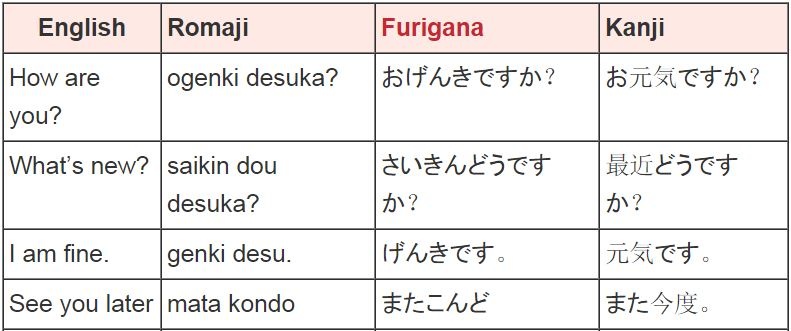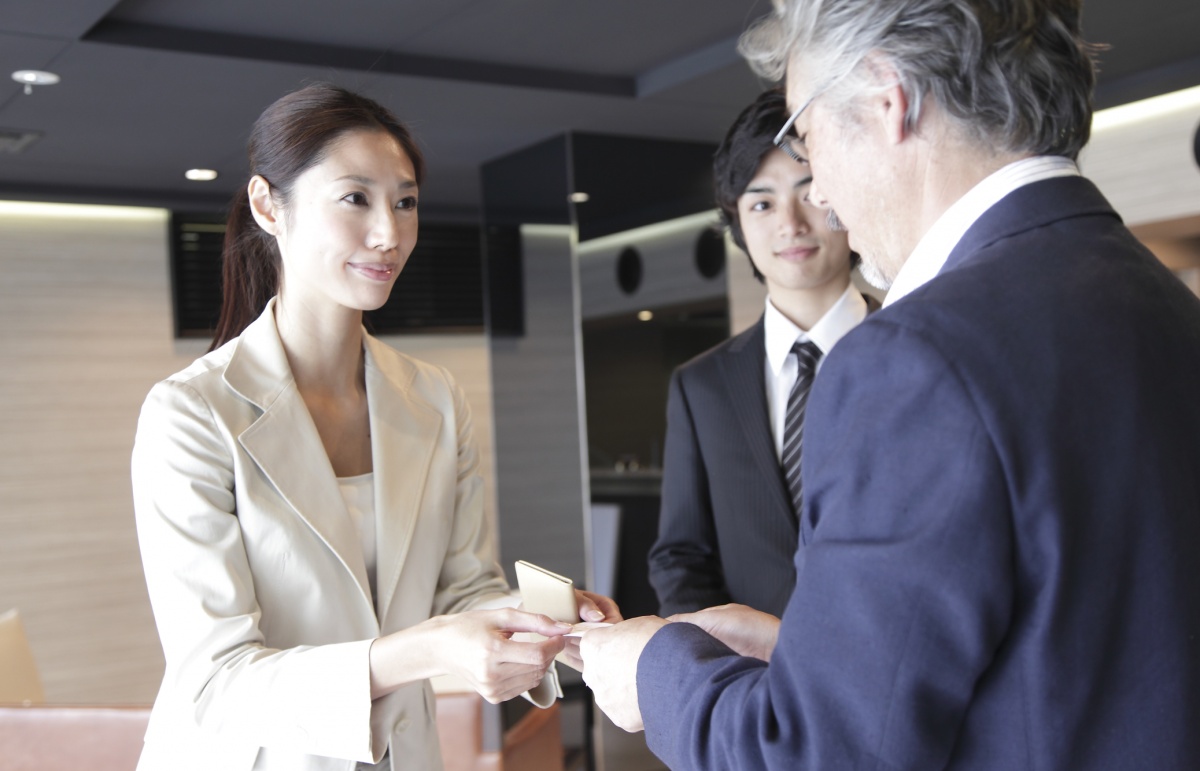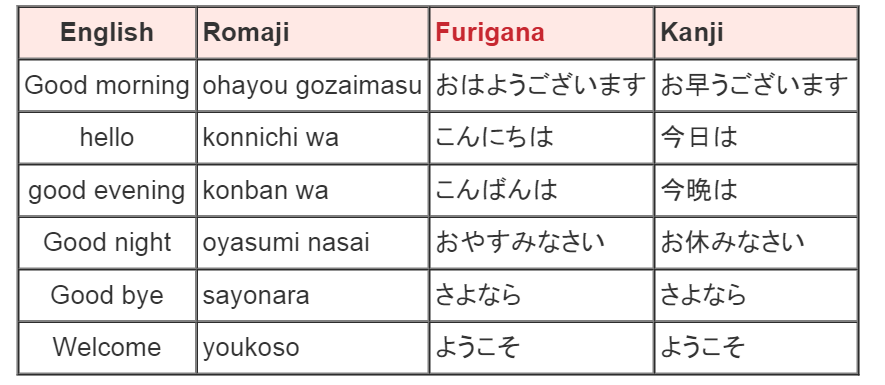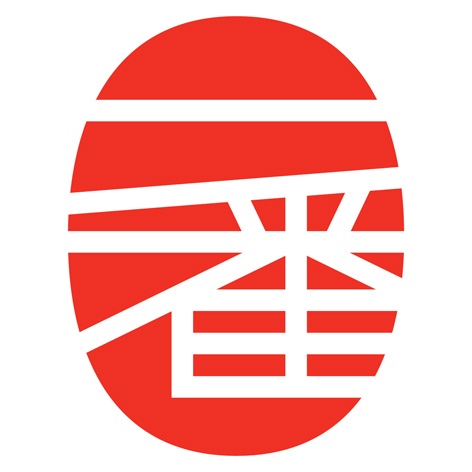The 4 Keys to Japanese Greetings

Even if you don’t speak a word of Japanese, knowing a few common greetings will help break the ice with your Japanese counterparts. This is a list of very common Japanese greetings you can apply in various situations, including some basic Japanese manners related to greetings.
By NIHON ICHIBAN4. Greetings
"Good morning" in Japan is a little funny. It's actually the first greeting of the day at almost any time, so even if a co-worker arrives in the afternoon, or if you work a night job, people will still greet one another first thing with ohayou gozaimasu! Another good tip for work is that, among co-workers, you typically won't say konnichi wa, which is a little distant—you'll say o-tsukare-sama, which effectively means "Thanks for your work," and acknowledges your status as people engaged in a common task.
3. Related Patterns

http://nihongoichiban.com/2011/06/25/survival-japanese-japanese-greetings/
A key here is the pronunciation of desu. Many Japanese verbs end in "su," and for these verbs the final "u" is not pronounced. This includes desu, the "to be" verb. So while it's written desu, it should actually be pronounced dess—or, in a question, dess-ka?
2. Exchanging Business Cards

There are a few basic rules on how to exchange business cards, or meishi, in Japan. First of all, you should ideally exchange them with two hands, with the lettering readable from the other person's perspective. If you have a bilingual card, present the side that the other person is most likely to be able to read. In reality, you'll often both have cards in your hands, so a one-handed exchange is fine for all but the most formal meetings. However, you should try to let the other person's card pass above your own.
When receiving the other person's business card you should contemplate it for a few seconds. During this time you confirm the person's name as well as their title so you get an understanding of where he or she stands in relation to the other participants. It's also considered polite to say a word about the other person, their business or the details of their card (e.g. "Your offices are in a convenient place," etc.).
It's important to keep in mind that the business card represents the person, and how you treat it represents how much you respect them. Whatever you do, don't put it in your front or back pocket—ideally put it on top of your business card holder and slip it inside the holder only when your meeting is done. Business cards are ideally held in a breast pocket (i.e. close to the heart) or a business bag.
Similarly, never write something on a business card in front the person you received it from (or ideally at all!). This is considered rude, and only the most highly ranked people would consider doing it.
You sometimes might not be sure if you've met a person before. Not handing over your business card would be rude, but not recognizing the other person also doesn't send a good message. In this case, address the person, and when you realize that you've met before just mention that your business card has changed. Japanese businesspeople always want to have the latest version of your card.
Business cards are particularly useful in a meeting. When you sit at a conference table, arrange the various business cards you've received in front of you so that they match the order of the people sitting in front of you. This can be a bit difficult when many people attend a meeting, but it helps you keep track of who's who, and shows that you are respecting their cards (and thereby them) by displaying them prominently.
1. Bowing
https://www.youtube.com/watch?v=uKjg6xcWIm4
In Japan, people bow to each other when exchanging greetings. The degree of the bow expresses the level of respect toward the other person. In general, bowing at about a 15- to 30-degree angle is fine, though if you want to get into the formal details there's actually an entire art to it, which we'll briefly go over below.
There are also differences between the ways women and men bow. While men keep their hands at the sides of their bodies, women put their hands together in front.
The video above illustrates the basics of how to bow—and how not to bow. Generally speaking, dropping your head is considered poor form (though of course people do it), and it's best to keep a straight back from your waist up. As you can see, a totally straight-backed, reposed bow is really impressive, and makes an incredible impression!
From the two-and-a-half minute mark, the video goes on to illustrate three different styles of bow: 15 degrees for greeting visitors to a shop; 30 degrees for day-to-day greetings; and 45 degrees for formal occasions or sincere apologies. The instructor even concludes with a five-count that will ensure a picture-perfect bow for your wedding.
As you can see, even Japanese people need training in how to bow on occasion—so don't worry too much if you think you've make a mistake!




